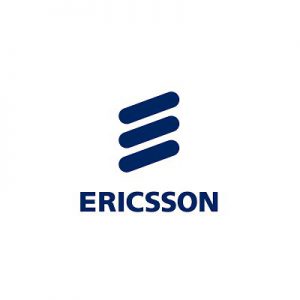Telia, Ericsson and Tallinn University of Technology (TalTech) have joined forces to launch Estonia’s first 5G network by the end of 2018. The pilot network will be operated on the campus of TalTech, and enterprises and start-ups will be invited to help develop future services and new business models.
The pilot 5G network, which was announced on September 20 at Tal Tech’s Vision Conference, will deliver fast mobile data transmissions for the whole of TalTech’s campus while also providing a testbed for developing innovative new services and solutions.
The 5G network at TalTech strengthens Ericsson’s co-operation with academia and Telia Company even further. Earlier this year Ericsson revealed a similar 5G plan with Telia Sweden at the Royal Institute of Technology in Sweden.
Kirke Saar, CTO at Telia Estonia, says: “Our goal is to use the 5G network to create a vision of how 5G will improve our lives, and how high-tech solutions can shape a future city. We want to demonstrate how different vehicles move and communicate with each other, how smart houses affect our daily lives, and showcase traffic with self-driving cars, smart traffic signs and infrastructure equipped with various sensors. We believe that this new technology will make our lives safer, more convenient and effective both in homes and public spaces.”
Andrus Durejko, head of Ericsson Estonia,comments: “Building a pilot 5G network at the TalTech campus shows Ericsson’s strong commitment to help our partner Telia drive innovation and digitalisation in Estonia. This 5G project also serves as another crucial step towards launching early commercial 5G services in the country.”
The campus of TalTech was selected for this pilot because it is equipped with the nessesary infrastructure as well as being home to scientific research that is already exploring vital 5G areas such as autonomous transportation, Internet of Things (IoT), smart buildings and city infrastructure, industry automation, and remote VR (virtual reality).
One of the first projects to be carried out as part of the 5G pilot involves a self-driving car called Iseauto. There are plans to showcase the car in 2019. It was built at TalTech, using 5G to communicate with surrounding infrastructure.
In 2017, the partners announced the first 5G use cases in Europe including a high-speed 5G connection to a commercial passenger cruise ship and a construction excavator remotely controlled with a live 5G network.
In addition, Ericsson has worked on a number of advanced field trials in both Sweden and Estonia including explorations into how 5G and Augmented Reality (AR) can create new possibilities. In cooperation with Karolinska Institute, one of the world’s providing medical universities, Ericsson outlined for Nordic prime ministers how 5G will transform healthcare. As part of this a joint team explained how a 5G-enabled drone could save lives by transporting a defibrillator directly to the site of a cardiac arrest victim.






